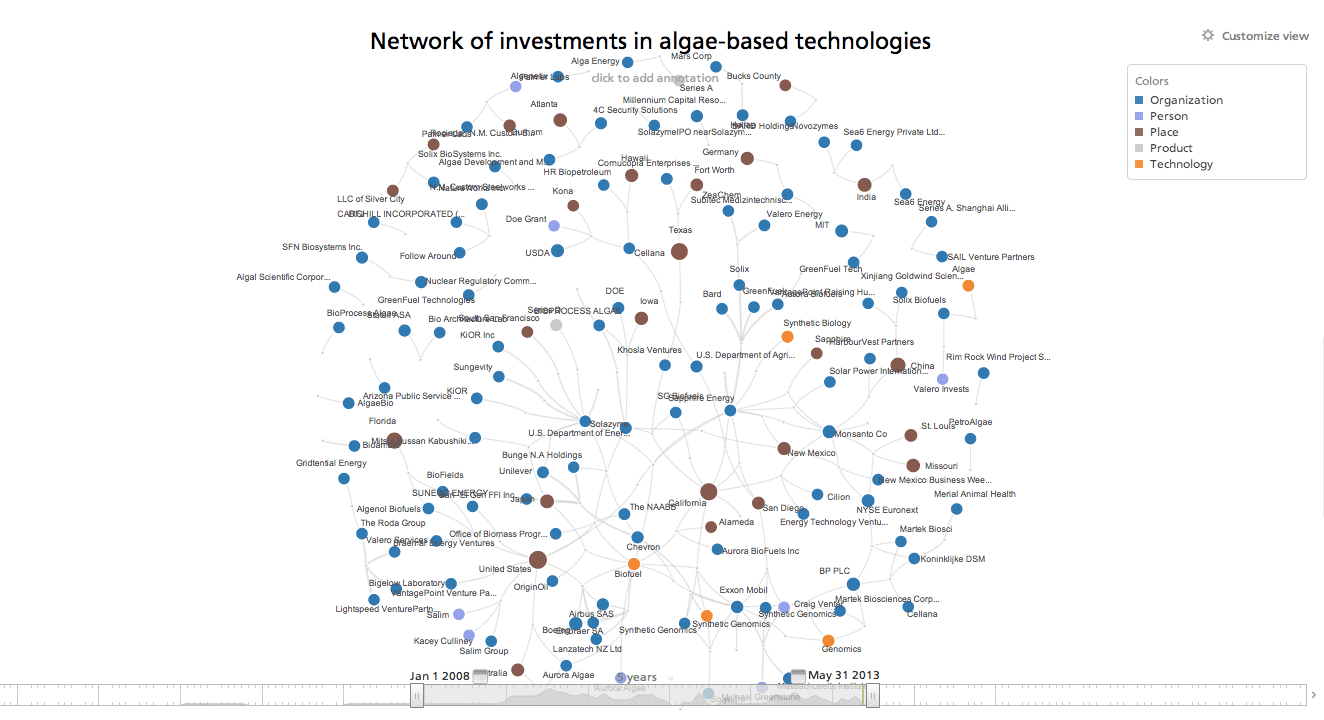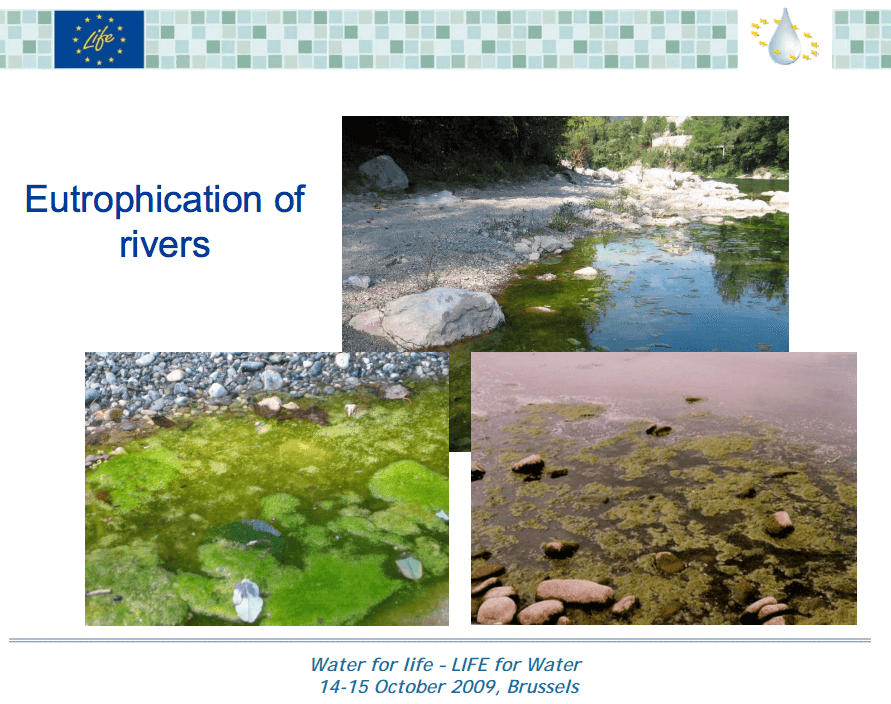Algae Will Save the World… But Could Ruin it All the Same

Humans have been surrounded by algae biofuel since the beginning, but we had not gained a real scientific knowledge of them until very recently. The Nannochloropsis genus, an algae species mentioned several times in this post, was classified for the first time in 1981.
Algae surround us, some are present in common supermarket foods.
For example, red algae and its sub-product “agar-agar” are commonly used to provide a jelly texture. Other algae like the “Spirulina” have been successfully introduced in poor communities as a way to provide an incredible food supplement. You can also get, vitamins, proteins, and… guess what… biofuel!
Yes, from the Nannochloropsis algae variety you can get almost a 30% of oil (dry weight measured).
Introduce genetic engineering into the equation and you can even get the cure to diseases such as the malaria.
All of these potential applications have made algae biofuel investment a popular investment opportunity for the Obama administration.
See the graphic here:

You’ll notice in the timeline algae-based biofuels have been a talking point since Obama taking office. However, the topic really gained momentum beginning in February when the president, on a campaign stop in Florida, voiced his support for development of algal biofuels.
Algae Attracts Commercial and Government Investment
This suggests there is a new class of bio-factories ready to produce suitable energy in the form of human food or machine’s fuel. You can become an algae farmer in your backyard, but making it profitable requires high-scale schemes that demand: workforce, transportation and distribution, and the required research to further improve and expand.
So, aside from the investments by the current administration, who is developing these algae-based technologies around the world?

Other governments and private entities are not foreign to this promising reality. They have been investing money and efforts in many ways and places:
- NASA has been working on its own production methods.
- The European Union has invested several millions of euros through its LIFE project grants to develop experimental facilities (all the projects are expected to offer good results around 2014 and 2016) that will define how the standard productions plants should look:
- Belgium: AGICAL+ project (9M€ budget, 3M€ EU grant).
- Spain: CO2ALGAEFIX project in Spain (3M budget, 1.5M€ EU grant)
- Romania: ALGAE-GHG project (1M€ budget, 0.5M€ EU grant).
- In Japan a 9M USD budget program promoted by the University of Tsukuba plans to extract oil from sewage processed by algaes.
- In Israel Alga Technologies grown the Haematococcus pluvialis algae which produces Astaxanthin, a super-antioxidant molecule 500 stronger than vitamin E.
- In Malasya AlgaeTech International produces food suplements and biodiesel.
… and there is a long list of projects around the globe.

And when we say biofuel we are not talking about bio-diesel only. According to the Australian company Algae.Tech Ltd., they are ready to provide airplane’s fuel at a competitive cost.
(Go here to watch a video about biofuel being used with jets.)
Are the Algae the Perfect Alternatives to Fossil Fuels?

Probably yes, as they can be grown everywhere, help close the CO2 loop, and are not too disruptive from an economic evolution point of view. (Biofuels are friendly to most of the liquid fuels industry.)
As long as we keep burning liquid fuels to produce electricity and run our vehicles, we will delay the long awaited dawn of the electric car and other consumer corners where solar and wind energy have not fully broken in. Biofuels are also domestic, which could diminish transportation complications.
Too good to be true?
Well, algae have something in common with nuclear energy and petrol: They can become dirty and sticky if not confined to the farm. In 2009 the European Commission published a report called “Eutrophication – Setting the Scene for Nutrient Reduction from Point and Diffuse Sources” that notes:
“Eutrophication is ‘the enrichment of water by nutrients, especially compounds of nitrogen and/or phosphorus, causing an accelerated growth of algae and higher forms of plant life to produce an undesirable disturbance to the balance of organisms present in the water and to the quality of the water concerned.'”
What does this mean?
A picture is worth more than a thousand words:

Here is an abbreviated version of the problem: Extensive agriculture requires huge amounts of fertilizers which are loaded with nitrates; the nitrates help plants (and algae) to grow; rain and underground flowing waters brings nitrates from soil to the rivers and seas making the algae population bloom; and the water ecosystems can be quickly turned upside down by the algae explosion.
Water turbidity, associated cyanobacteria populations growth, algal toxins… the new ecosystem reduces oxygen levels until the anoxia barrier, which when reached fish cannot breathe and all you have is a green lake where only the algaes and bacterias can survive. This can be considered as the point of no return due to the extremely difficult (and expensive) recovery process.

If algae biofuels are already cheaper than fossil fuels then it is only a matter of time massive cultures spread all over the world.
If we are not careful enough about water filtering, the next generation of natural disasters associated to our insatiable thirst for energy, will not look like seagulls covered by petrol or radioactive fishes glowing in your belly, they will look like a recreation of the middle-earth Dead Marshes.
Learn More – Web Intelligence for Competitive Intelligence
Web data provides business analysts with a growing trove of information. The big challenge for open source competitive intelligence is deriving meaningful insights from the firehose that can drive business decisions.
See how you can use Recorded Future for better CI insights today.
Article Written by Alejandro Santacreu
Related
